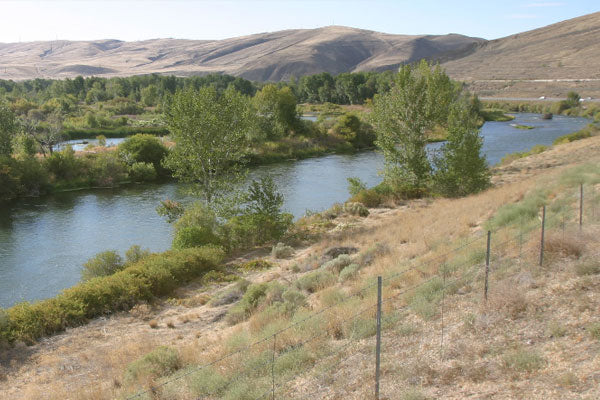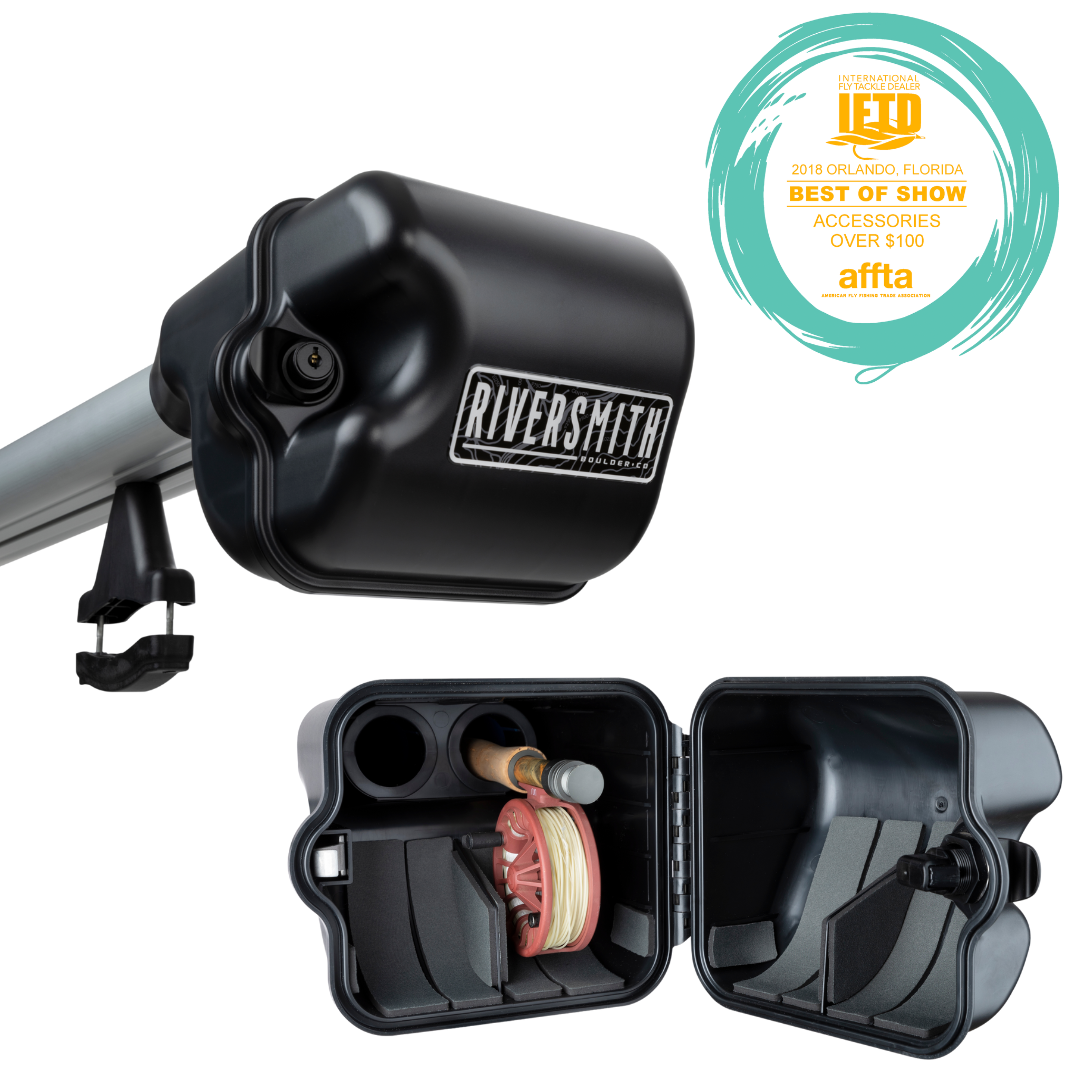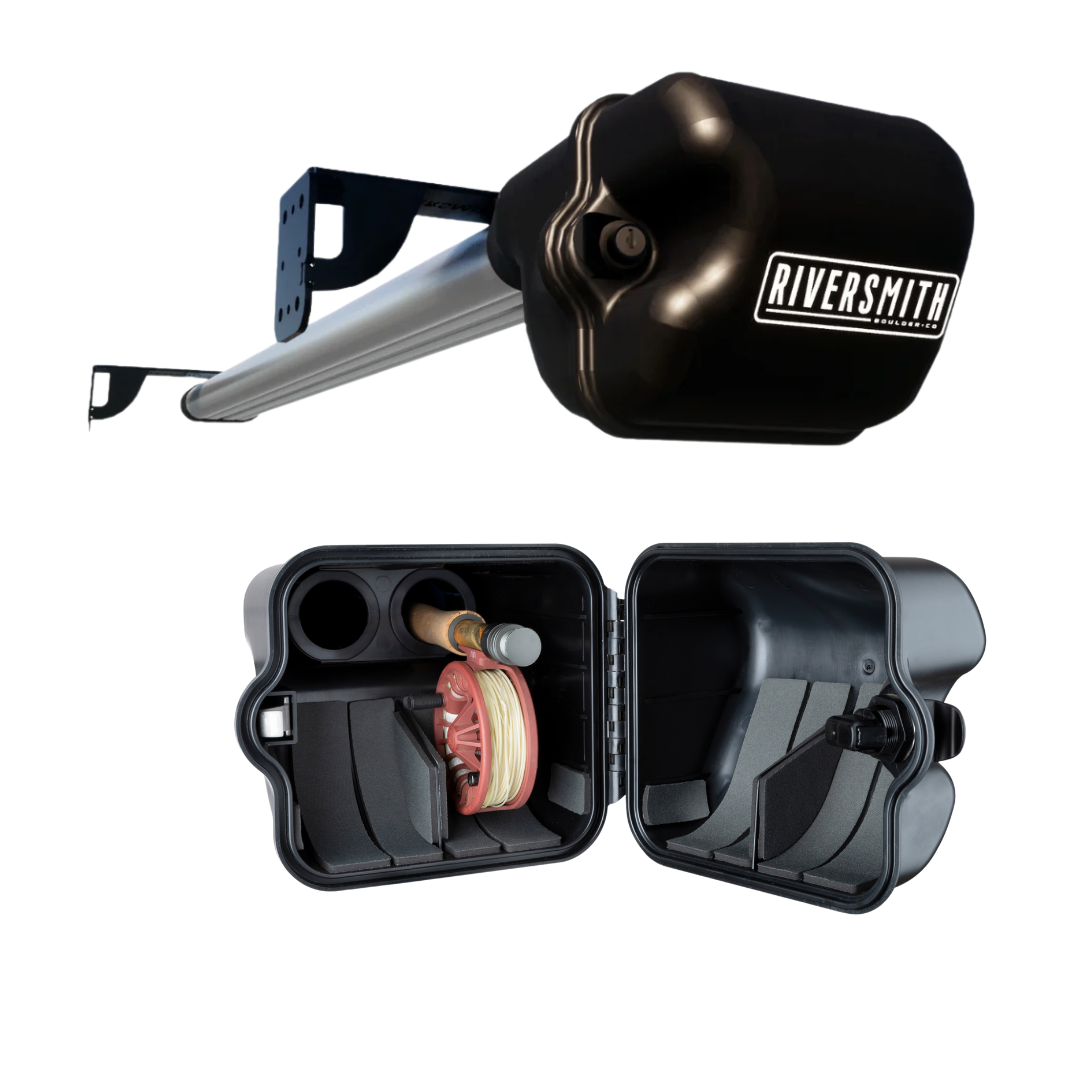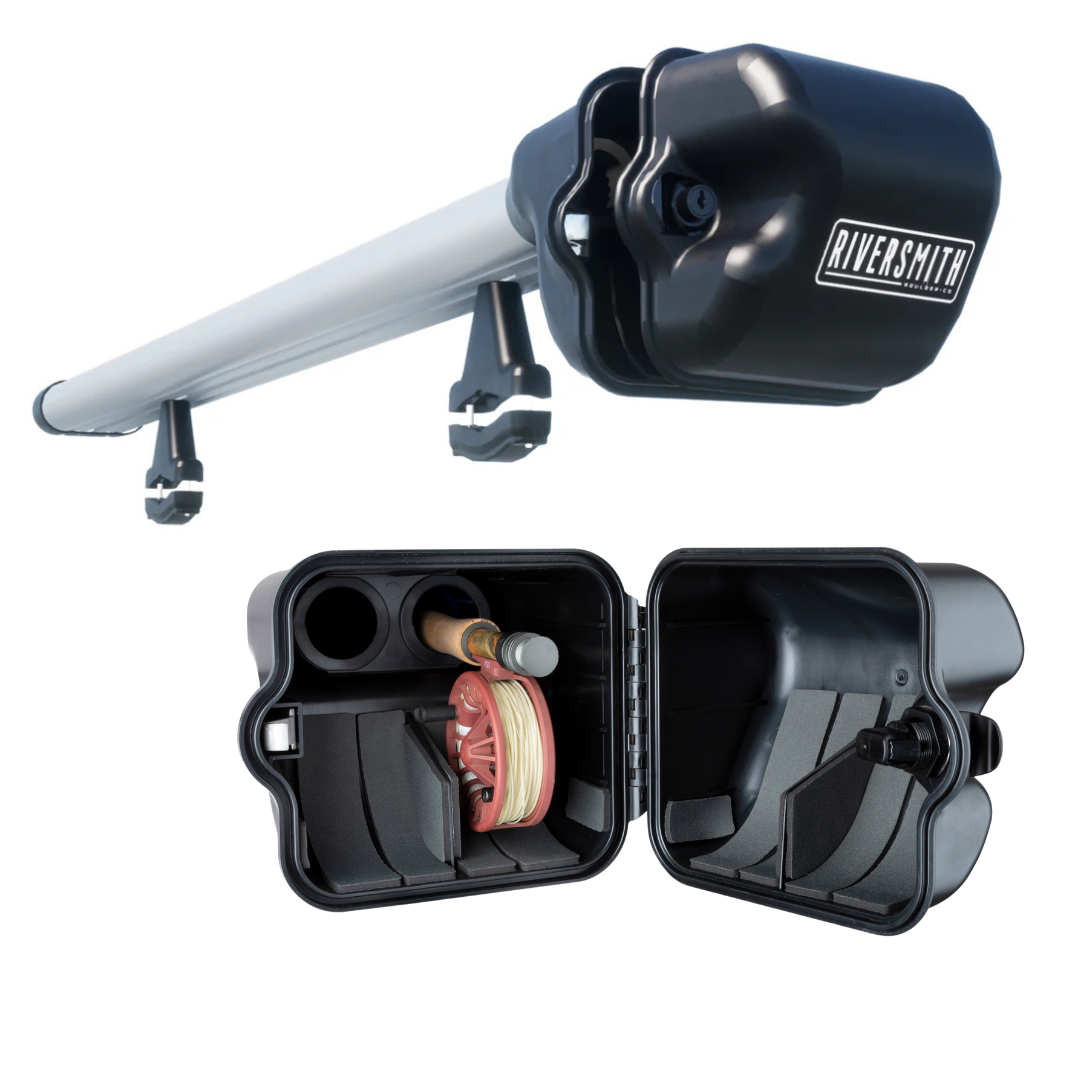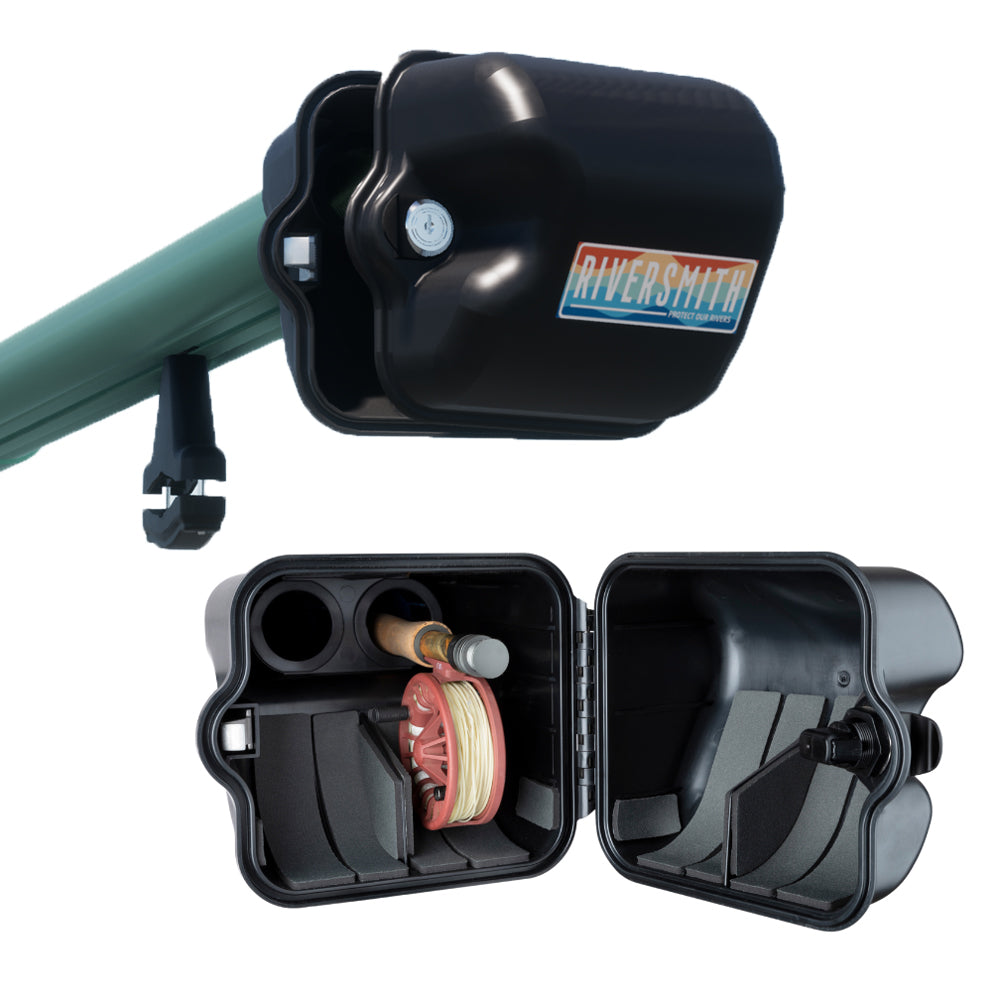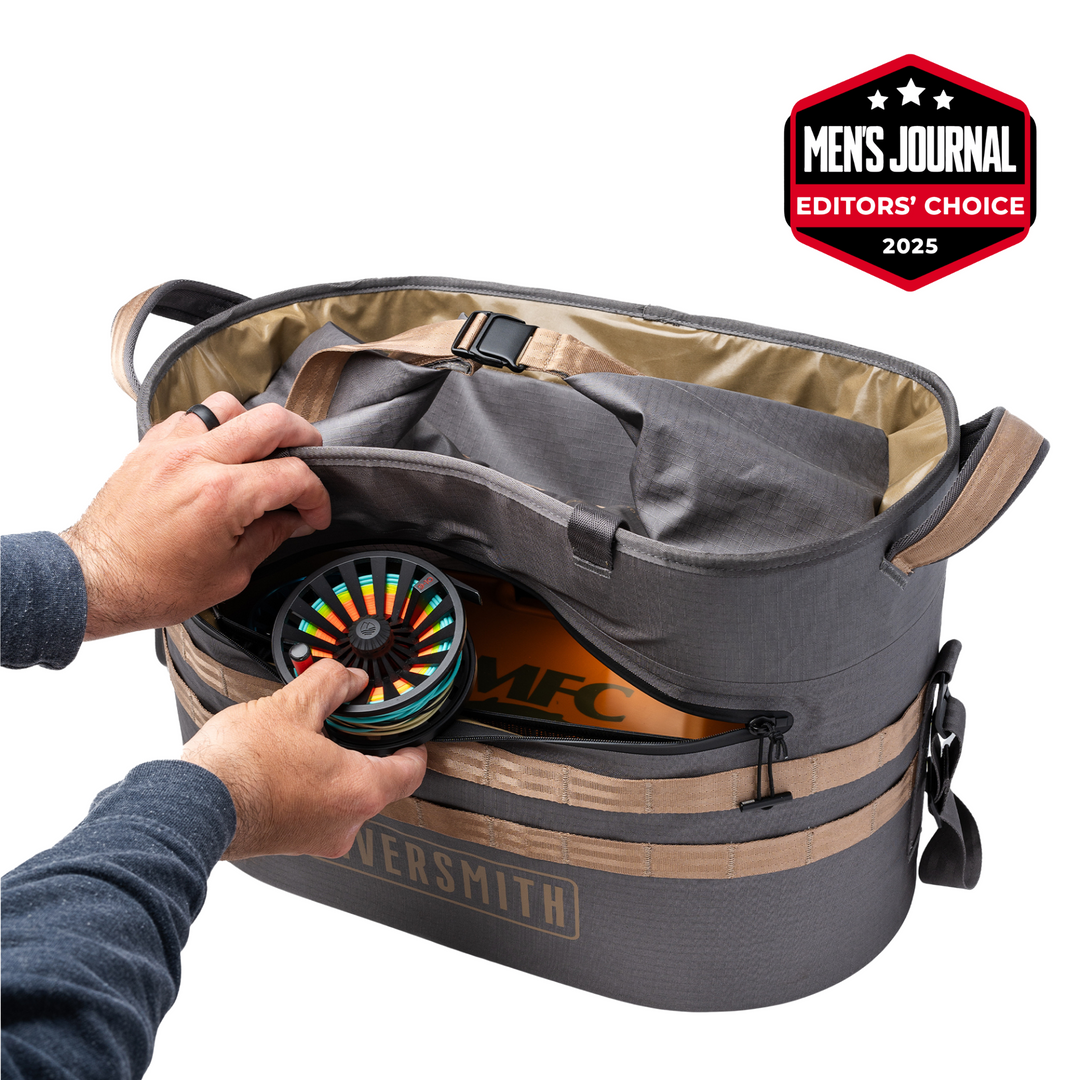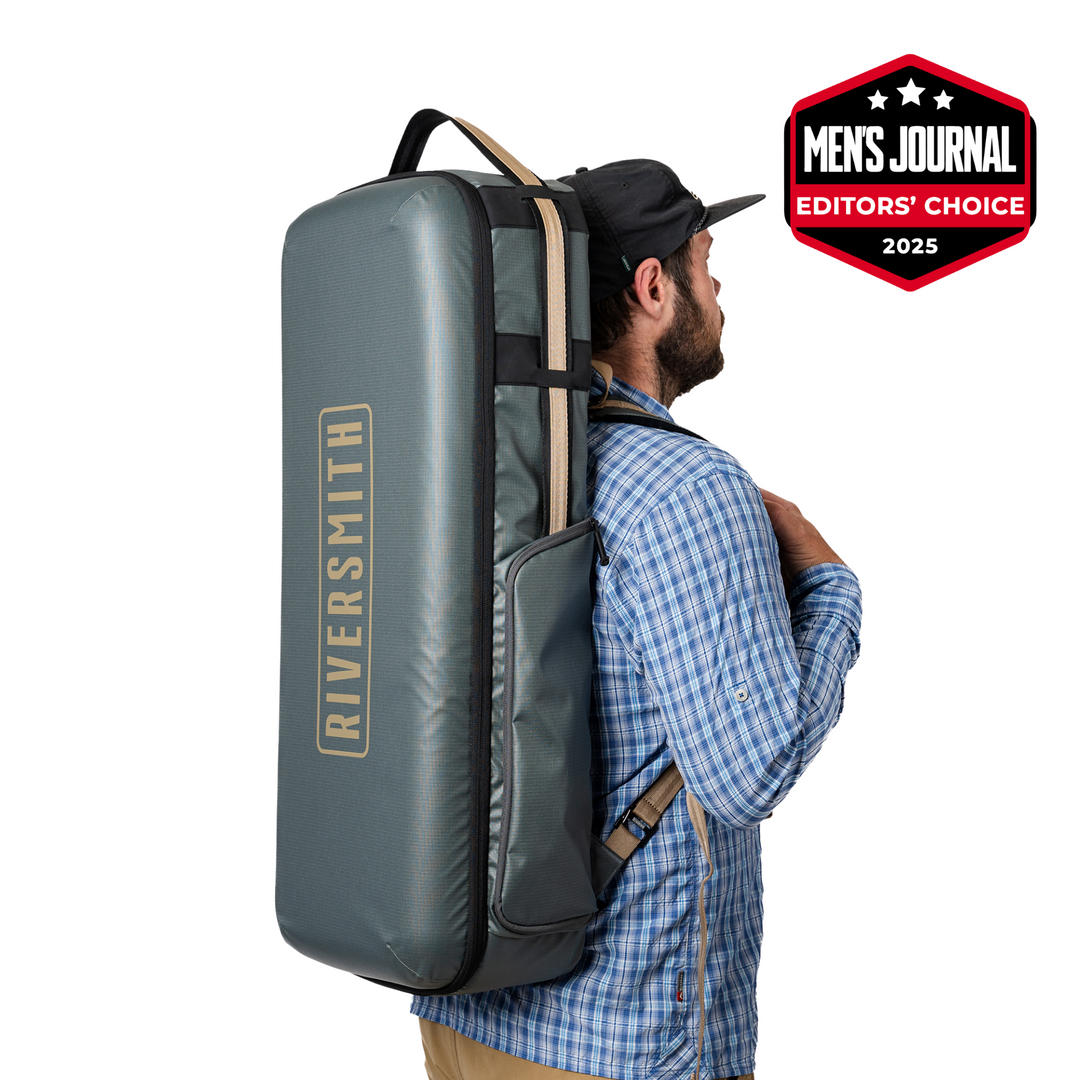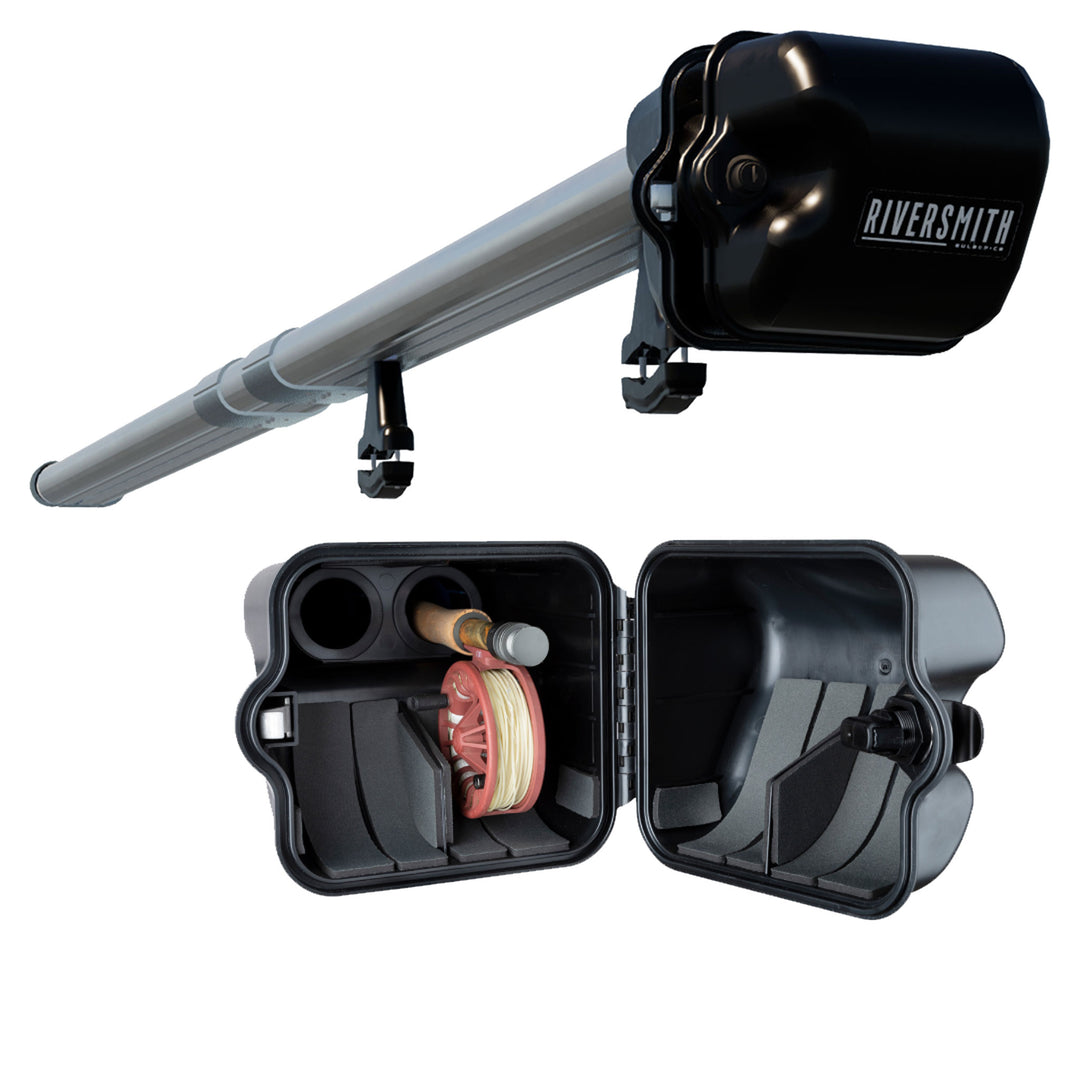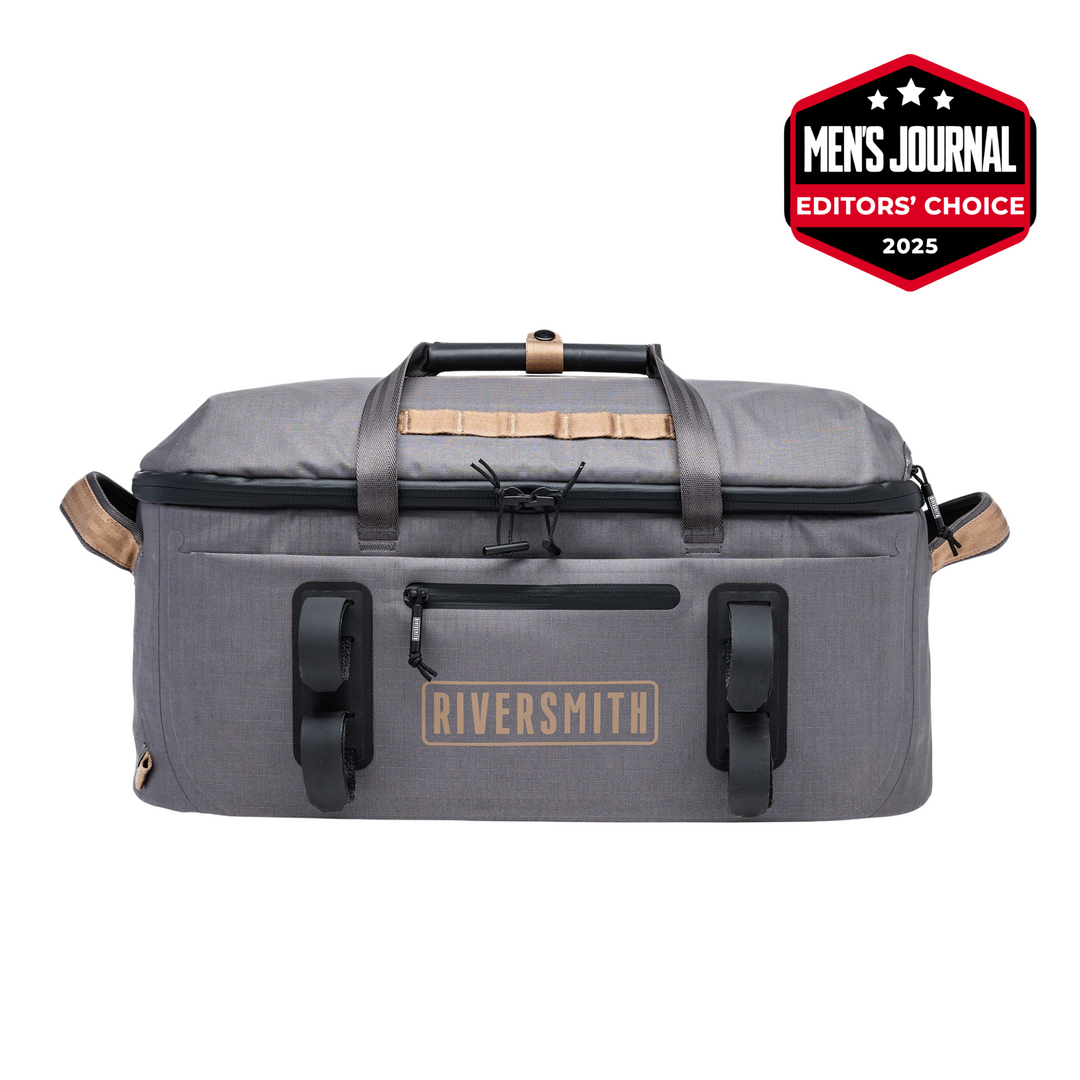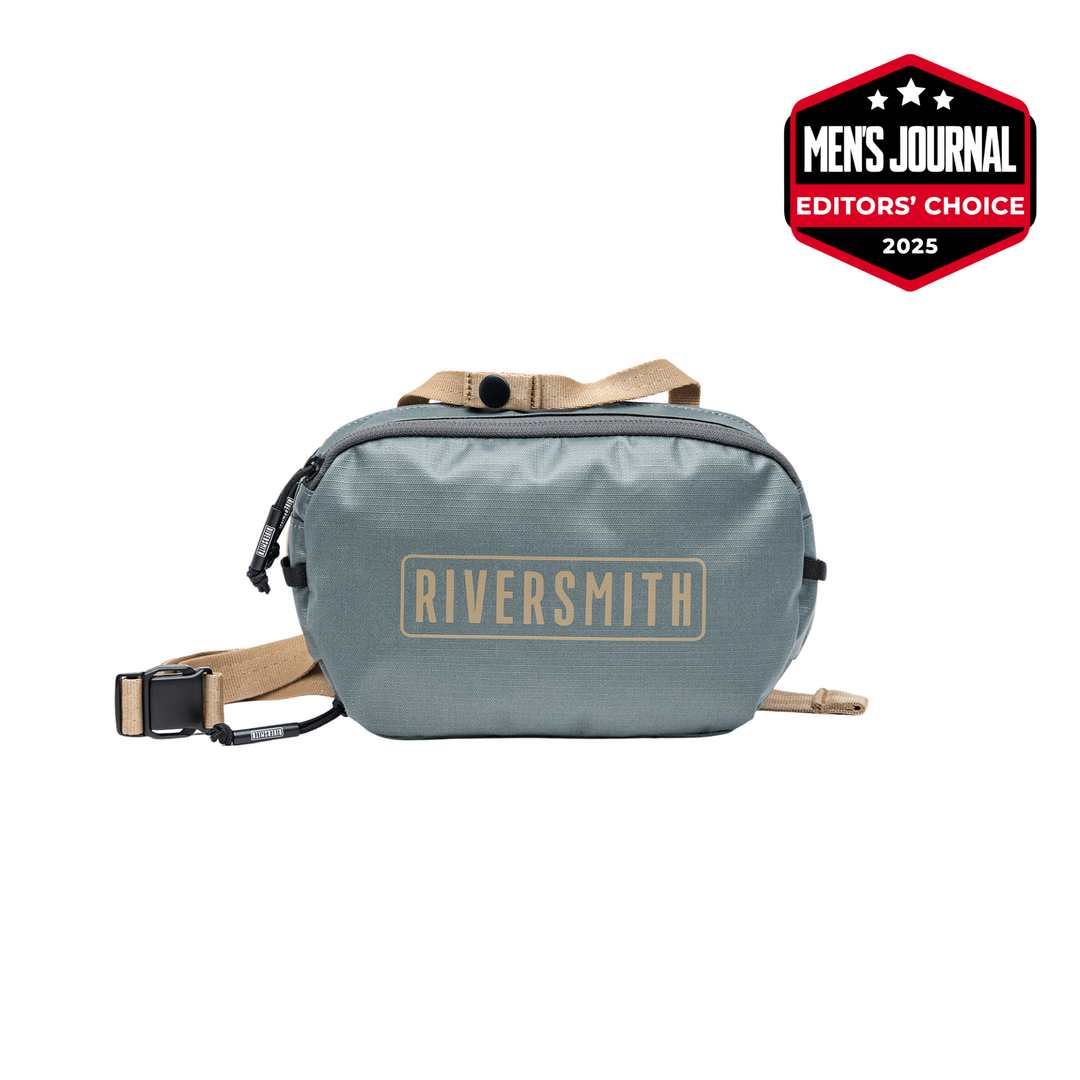Home to the only Blue Ribbon trout stream in all of Washington state, the Yakima River is a 214 mile long tributary whose headwaters pour from the most gorgeous Snoqualmie Pass in the Cascade Mountains. When most Americans hear “Yakima,” beer comes to mind; this is due to the fact that 75 percent of all the hops grown in America are grown in the Yakima Valley. However, when an angler hears the world “Yakima,” fly fishing is surely the first thing that comes to mind.
This is primarily because of the abundance of fall spawning Chinook salmon, whose population is making an incredible comeback. Named after the indigenous Yakama tribe that used to dwell along the Yakima and fish from its waters, the Yakima River has had steelheads, salmon, and wild trout pulled from its belly for hundreds of years. Present day is no different; the Yakima River continues to draw anglers and their fly rods from all over the world so they can have their chance at the fish that makes these waters still so famous today.
Best Places for Yakima River Fly Fishing
With over 214 miles of flowing water to fish from, the Yakima River provides plenty of territory for a fisherman to explore. That said, there are three sections the Yakima River can be broken down into in order to pinpoint the best fly fishing spots. There is the Upper Yakima (from Easton Dam to Thorp, Washington,) the Middle Yakima (from Thorp down to Roza Dam,) and the Lower Yakima (below Roza Dam until its confluence with the Columbia River.)

The most popular sections of the Yakima River for fly fishing are the 100 miles that flow between the Upper Yakima and the Middle Yakima, between the Easton Dam and Roza Dam. However, each section of the Yakima has its own appeal that may allure one fisherman to that section over another.
The Upper Yakima River
Throughout the waters that make up the Upper Yakima, rainbow, cutthroat, bull, and brook trout can be found. Although the section from proper Lake Easton to Cle Elum River can be difficult to access due to summer home developments that dot the riverbanks, the section from Cle Elum River confluence to the east of Cle Elum, Washington creates plenty of broad riffles and braided channels. In these riffles and channels, a generous population of wild rainbows, cutthroats, and brookies can be found. Access to the river here is fairly easy and the wade fishing is definitely top notch.

For angler’s seeking a decent cutthroat volume, the Upper Canyon located east of Cle Elum and down to the Diversion Dam has more cutthroat in its stretch than any other section of the Yakima. The Teanaway, Swauk and Tanuem tributaries all join the Yakima River here, creating excellent wading opportunities, large boulders throughout, and providing crystal clear waters.
The Middle Yakima River
The Lower Canyon and down to the Roza Dam is what most people refer to as the “Yakima Canyon” and because bighorn sheep, deer, and plenty of hatches hang around this section of the Yakima, it’s definitely the most fished. That being said, it’s as prolific as it is because of the drifting abilities through the basalt and desert landscape. The most popular stretch is just downstream from the town of Ellensburg, Washington, where most guided float trips take place.
Although this section of the Yakima River is the greatest angler attraction, it’s also chock full of thousands of nice-sized trout, so if you are really wanting to take part in the best of the Yakima experience, you definitely have to cast into the Middle Yakima River.
The Lower Yakima River
As the Yakima River flows below the Roza Dam, the fly fishing drops off dramatically as well as the populations of attractive fish. Here, an angler is more likely to catch a smallmouth bass than anything else. That said, the waters just below the Roza Dam are a popular spot for anglers interested in some really nice size trout. Because this section doesn’t have as much appeal as the other two sections, the plus side is that you can definitely get more alone time with the river, which some anglers may be after more than anything else.
There are also some excellent warm-water opportunities that await anglers in the last 50 miles that make up the 214 mile long Yakima River. Between the city of Granger, Washington and where the Yakima joins the Columbia River, anglers who have an adoration for warm-water angling should head to this part of the Lower Yakima.
Best Time for Yakima River Fly Fishing
Mid-February, before the runoff that takes place from the middle of April to the middle of June, is not a numbers game in terms of how many fish one can catch, but is definitely not a season to look over. Because of the Skwala Stonefly hatch that takes in these clear and cold waters, hungry yet massive post-spawn trout love to show their faces near the surface this time of year. Because it’s a much colder time of year for the Yakima around mid-February, there are also a lot fewer people to share the waters with, making it a great time to catch some hefty trout in the peace of one’s own company.
When the runoff arrives (Mid-April to Mid-June,) the trout start coming up to the surface to take advantage of the hatch that has come with the runoff, if they come at all. Because the water is notorious this time of year for having incredibly fast rapids, is brown, and comes from impressive snow melt that can last for longer periods of time depending on the winter the state of Washington just endured, the fishing can be great or it can be not so great, with a very little spectrum in between.
Beyond the runoff, taking place at the beginning of June until the middle of July, the Caddis and Pale Morning Dun hatches really turn up a notch! Because of this, an angler can make a full day out of fly fishing, depending on the water flow levels, which vary from year to year.
The summer and early fall months to the end of December are by far the most favored season for Yakima River fly fishing. From mid-July to late September, Hopper and summer stoneflies are galore! From the beginning of October to the end of December though, anglers can’t agree enough on the favorable conditions that arise. Not only are the trout populations simply overflowing this time of year, but they are gearing up for the colder winter months ahead and are working to fatten themselves up as much as possible.
Flies Recommended for Yakima River Fly Fishing in Washington State
If you’ve found your way to the Yakima River in the first couple months of the year, Skwala Stone nymphs, some Blue Wing Olives, and March Brown mayflies will catch you those post-spawn trout who are unbelievably hungry and are looking to stay as full as they can during the frigid winter months. For anglers fly fishing the Yakima during runoff season, March Brown mayflies and some Caddis stoneflies will do the trick, and many fisherman report that streamer fishing and nymphing can be productive during these months.

As we mentioned before, the post run off season that takes place at the beginning of June until mid-July is some of the best Caddis and Pale Morning Dun conditions ever come across on the Yakima. You’re also good to try some Salmon flies or some Golden Stone hatches which become more apparent this time of year. But this is also without a doubt known as the Green Drake season, where chasing elusive Drake hatches pays off.
Last, for that summer and early fall stretch of the year, one can’t go wrong with a Hopper and Stonefly dropper combo, with the use of Caddis and Stoneflies in the evening hours. When implementing wet fly tactics, stick to Caddis, Yellow Sallies and Cahills; you’ll be glad you did when you look down at your cooler full of fish.
Gear for Yakima River Fly Fishing in Washington State
What is the first thing that comes to mind when you think of Washington state’s weather? Rain. So it would be silly not to encourage you to bring rain gear and clothing that is breathable, lightweight, but nice quality. Although this part of Washington is known for a drier climate than the rest of the state, rain can sweep through relentlessly and unexpectedly, sticking around for several hours, if not the whole day; we wouldn’t want that to stop you!
On top of quality rain gear, you’d be face-palming if you arrived at the Yakima River without your waders and boots in tow, especially during the summer and early fall months when the trout populations are singing like crazy. You’ll also want a decent camera if you don’t own a phone with incredible picture taking capabilities; the Yakima River is as notorious as it is, in large part, because of the scenery that surrounds it! Wildlife of all kinds commonly take to the river for refreshment (or lunch,) and a waterproof camera with a durable strap will be just the thing you want wrapped around your neck when the moment to snap an indescribable moment arrives.
Along with a Washington state freshwater fishing license, consider a “Yak Pak” tackle box prepared by or available at a local fly shop; this will typically include some Chubbies, an X-stimulator, a Gypsy king, YB Beadheads, Jig PMDs, Caddis’, Pats Stones, and some Sculpzillas.
You may also want to consider scheduling with a float guide; not only do these guides simply live for the Yakima River, but they know the best spots, are privy to the conditions for the year or season you’re visiting, and they’ll have their boat geared with everything you’ll need for some quality trout and salmon fishing. If you’re not one for guided expeditions, you might think about renting or investing in your own drift boat, especially during the summer and late fall months when the drift conditions are one of a kind.
Not only are these boats reliable and allow access to waters you may otherwise be cut off from, they typically come armed with plenty of storage capacity for your extra rods or your comrade’s rods, and plenty of room for gear bags and all the gear you’ll have tagging along. If you are driving to the Yakima in your personal vehicle, a great way to get those fly rods out of the cabin of your vehicle, or to protect it from the bed of your truck, is to invest in a fly rod roof rack. A roof rack will not only accommodate fly rods of all different weights, but typically they can hold more than one rod and protect it from any conditions you may come across during your travels. It also will make more room in your cabin for your other beloved gear!
Plan a Yakima River Fly Fishing Trip
No matter what time of year you are marking an X on the Yakima River, we’re confident that you’re going to have an incredible time. One of the country's most favored fly fishing rivers in existence, the Yakima River is a tributary every angler should check off their list at some point in their lives.
The ancient volcanoes that surround this land laid out the basalt canyons and carved through the desert landscapes that the Yakima River finds its way through. Not only will you be catching mammoth trout after mammoth trout, but some of the most beautiful nature that the already stunning state of Washington bestows will surround you.


